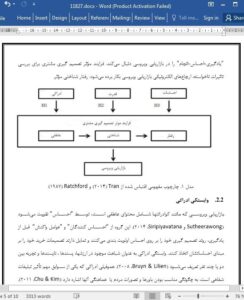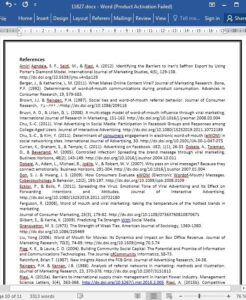Abstract
Viral marketing is an inexpensive method which has a tremendous impact on consumer purchasing behavior. However, literature about the cognitive, affective, and behavior of people that constitute the essential components of any such strategy is rare. This conceptual paper develops a cognitive-affective-behaviour model of viral marketing via the integration of tie strength, perceptual affinity, emotions. The goal of this paper is to investigate factors affecting to the success of viral advertising. The research implies that tie strength, perceptual affinity, emotions have strong effects on the success of viral advertising. These elements have their own impact on different stages of viral advertising to provide marketers a strong tool with which to develop a great viral campaign.
1. Introduction
The Internet advertising market, over the past few years, has gained an important position by providing more useful tools for marketers to influence their target customer than the traditional advertising like TV, radio, or print ads (Tran, 2014). One of the most challenging social media problems that marketers need to face is media advertisings are easily eliminated to being shown by consumers. To be successful in reaching target consumers in a great volume, marketers need to discover a way of reaching their customers without them knowing it is a method of advertising (Curran, K. , Graham. S., Temple, C., 2011).To deal with that, an advertising campaign needs to include innovative contents like surprise, entertainment, especially trustworthy messages which these advertising activities are called viral marketing.











